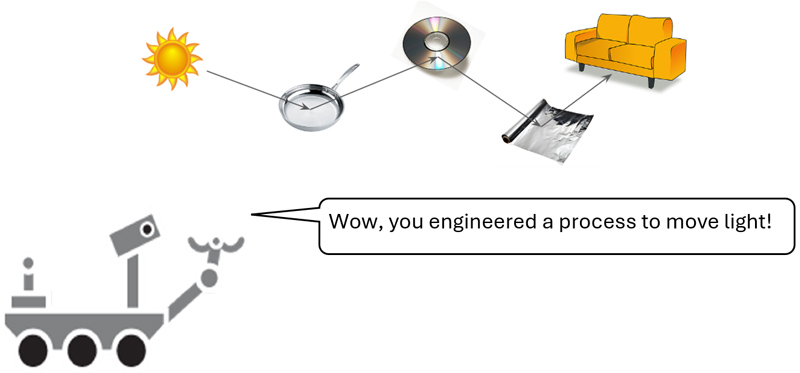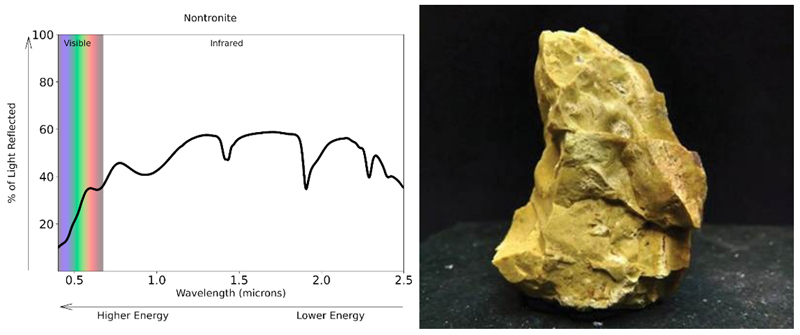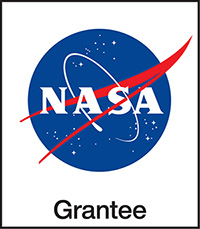Full Educator Guides
CONTEXT SETTING
ACTIVITIES
CONTEXT SETTING
ACTIVITIES
ACTIVITIES
How to Teach These Units
Dear Family Member,
This Remote Sensing investigation was created by PLANETS, a partnership between learning experts and planetary scientists to create fun educational activities using NASA science. PLANETS is funded by NASA and stands for Planetary Learning that Advances the Nexus of Engineering, Technology, and Science. You’ll find this activity and lots more NASA fun at our website: www.planets-stem.org.
Age Range:
This activity is intended for kids ages 11-14 years to play independently or with family members. The engineering activity is intended as a family activity.
Time needed:
About 30 minutes for each activity
Print or gather these materials:
- 4-page investigation guide (below)
- 4 pages of image data sheets (below)
- Old CD or DVD with opaque layer peeled off (see directions on next page)
- Optional: 1 slide of diffraction grating
- Black tape (or color any tape black with a permanent marker
- Small cardboard box (less than a foot along the longest edge
Investigation Guide
Preparing CDs or DVDs
Directions for removing the opaque layer of CD:
- Make a deep scratch on the opaque side of the CD

- Take a piece of clear tape and place it over where you made the scratch.
- Pull the tape away, and the opaque layer will peel away with the tape.

Directions for separating opaque and transparent layers of DVDs
- Cut DVD and peel layers apart
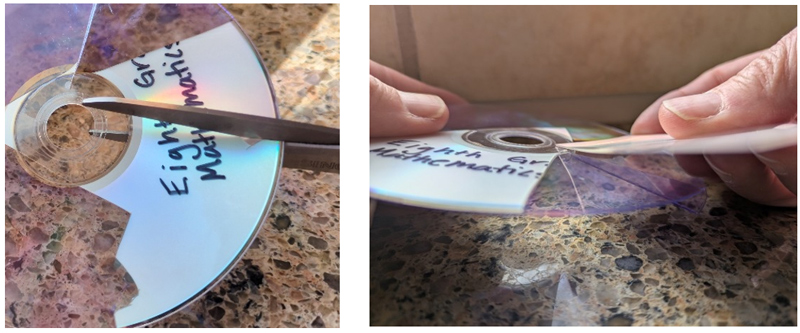
- Keep and use the transparent layer for the diffraction grating
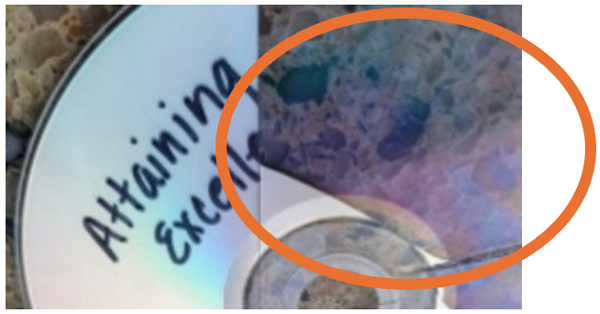
Get excited!
This investigation is about how NASA uses remote sensing to make discoveries about other planets.
First, let’s make a device that splits up different wavelengths of light!
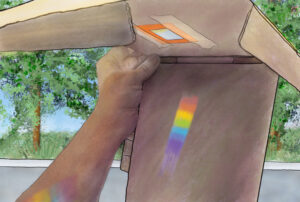 Find a piece of cardboard you can bend into a right angle.
Find a piece of cardboard you can bend into a right angle.- Cut a window smaller than the CD/DVD/diffraction grating slide and tape it on.
- Go to a sunlit area and angle your device so the sun shines through the grating to make a rainbow. HINT: Noon sunlight works best!
- Next hold up white paper where the rainbow shows up and try it again. Is the rainbow brighter? The colors of the rainbow are different wavelengths of light.
- Try different colored surfaces in place of the paper and see how that changes the brightness of the colors in the rainbow.
Did You Know?
NASA Measures the brightest of different wavelengths of light to learn what’s on other planets? They measure the light reflected off the rocks on the surface like Rosie the Rover is doing below. (Hint: Reflectance = Brightness).
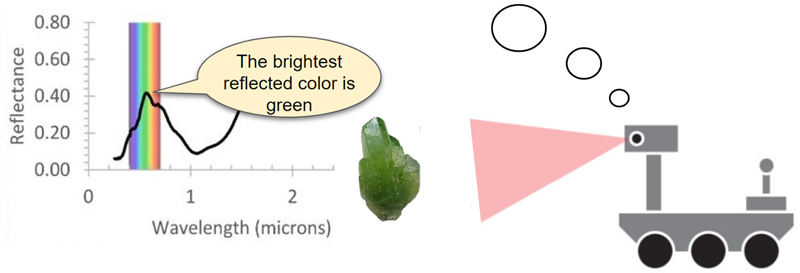
Level Up!
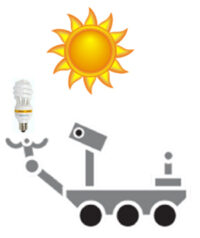
Let’s make a device that detects differences in light!
- Find a small box (<1 foot on the longest side)
- On the shortest side, cut a small window near the corner for your prepared CD or DVD as diffraction grating or diffraction grating slide.
- Tape your diffraction grating / CD to the window so you can look into the box.
- On the opposite side, cut a small slit on the opposite corner
- Use black tape (or tape colored black) to make your slit really small
- Look into the box and tape up all other places where light is coming in.

Let’s try it out!
- Look through the window and point the slit end at a bright light source or somewhere in bright sunlight (do not look directly at the sun!!!).
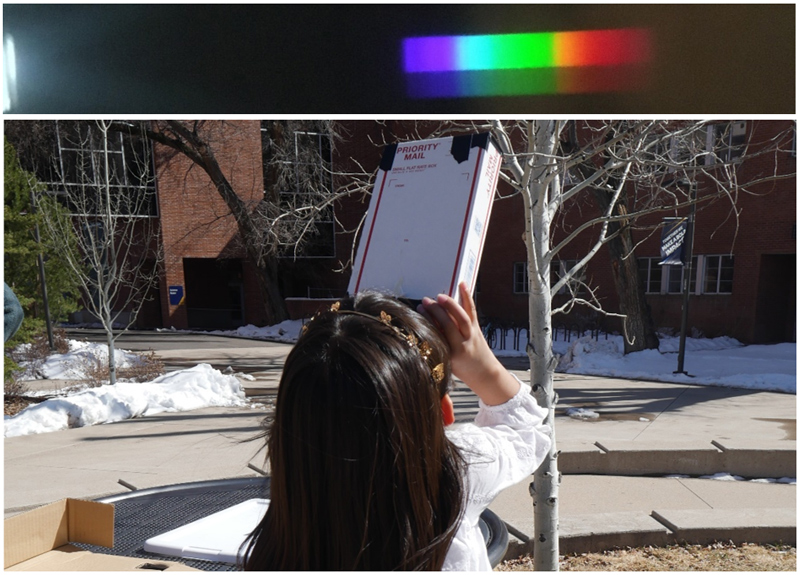
- Is there a spectrum (rainbow) on the side?
- If not, what can you change in your design to make the spectrum appear?
Optional: Investigate different light sources.
NOTE: This investigation is difficult using the prepared CD/DVD method, consider using commercial diffraction grating instead.
Choose your method. Scientists use various methods to relay their findings. Pick the method that you prefer!
Option 1: Draw a line to the spectrum with its correct light source (try at least 1 or 2):
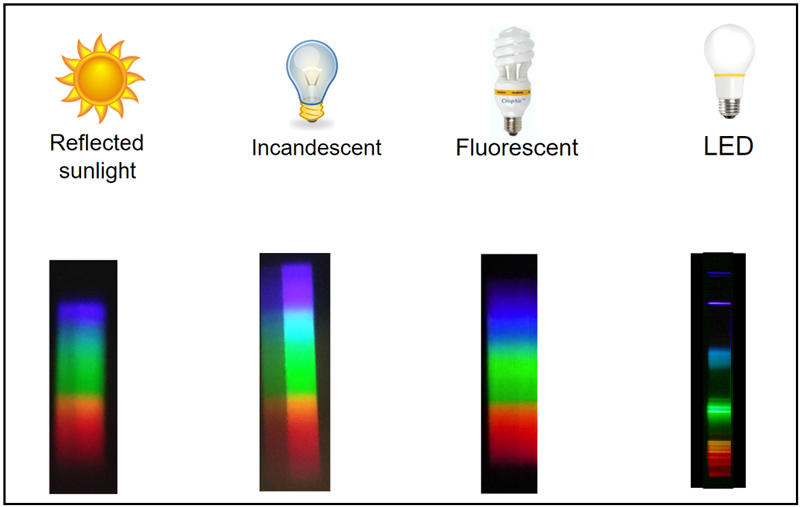
Option 2: Check the box of the spectrum with its correct light source (try at least 1 or 2):
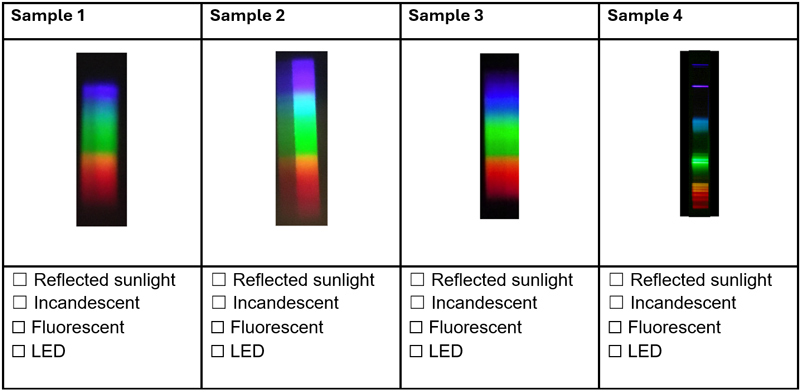
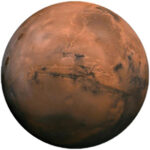 Level Up! Use light to investigate what’s on Mars
Level Up! Use light to investigate what’s on Mars
- Check out the landing site for the Perseverance Rover (Visual Data, Jezero Crater, Mars)
- Deltas usually form from rivers meeting a sea.
- The images below show delta landforms.
- Tip
For tactile maps add Wikki Stix
- Tip
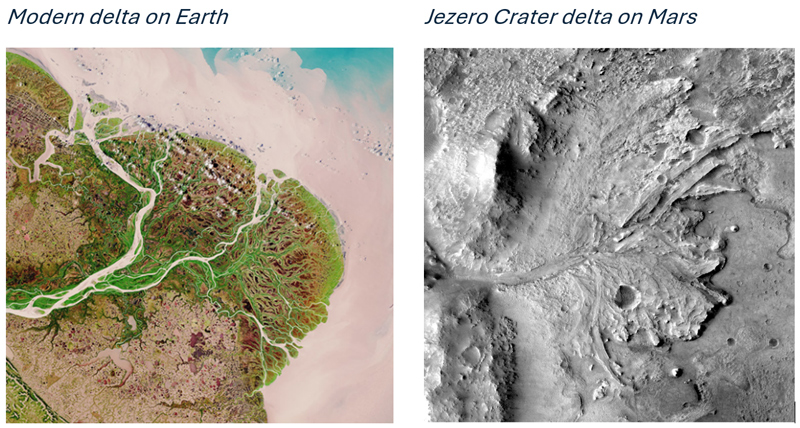
- Some minerals form in water. Can you identify water-based minerals on Mars?
- Look at your Mineral Fingerprints Data Sheet
- Compare it to the CRISM Data, Jezero Crater, Mars.
- Draw an X on the visual data sheet where you would land the Perseverance Rover to look for water-related minerals.
- Did you make any discoveries? Show your family or post to share them with NASA #PlanetsSTEM
Follow the mission to see what Perseverance discovers! Mars 2020: Perseverance Rover
Image Data Sheets
Visual Data, Jezero Crater, Mars
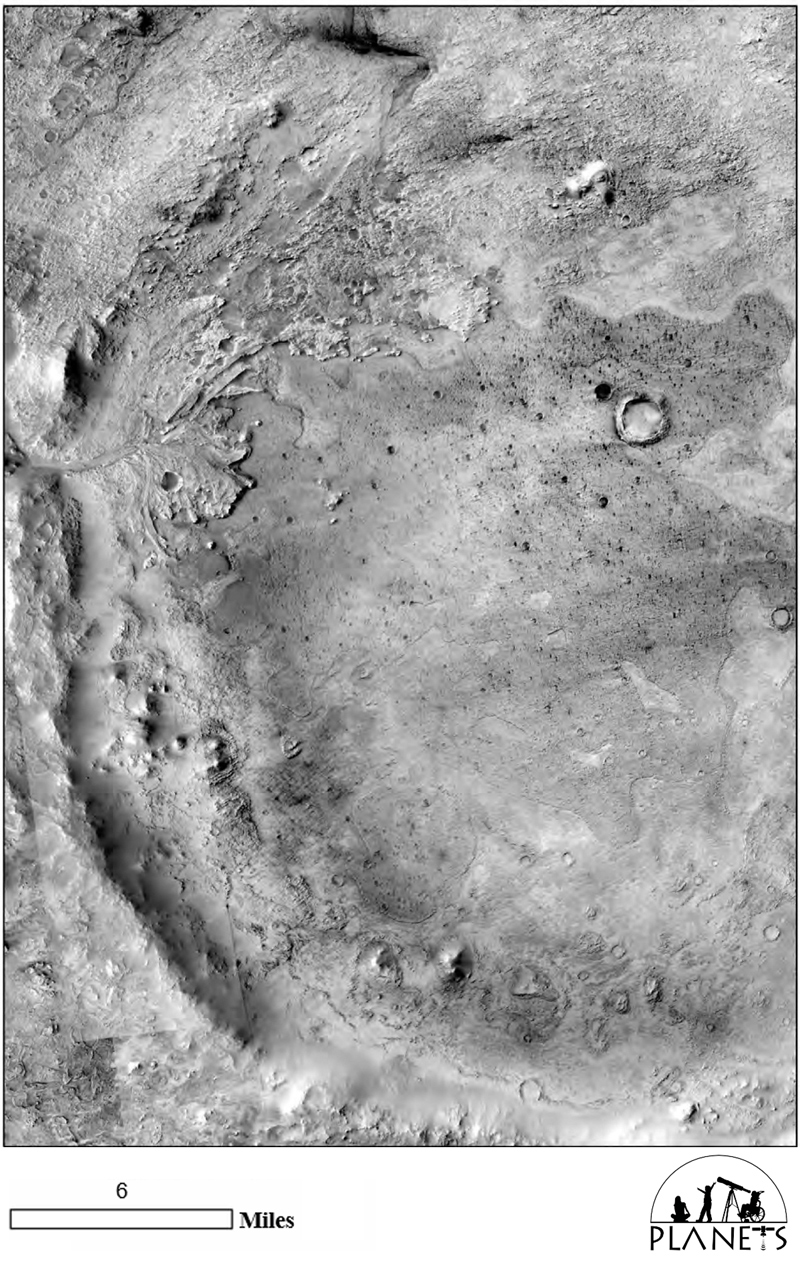
Source: Context Camera
CRISM Data, Jezero Crater, Mars
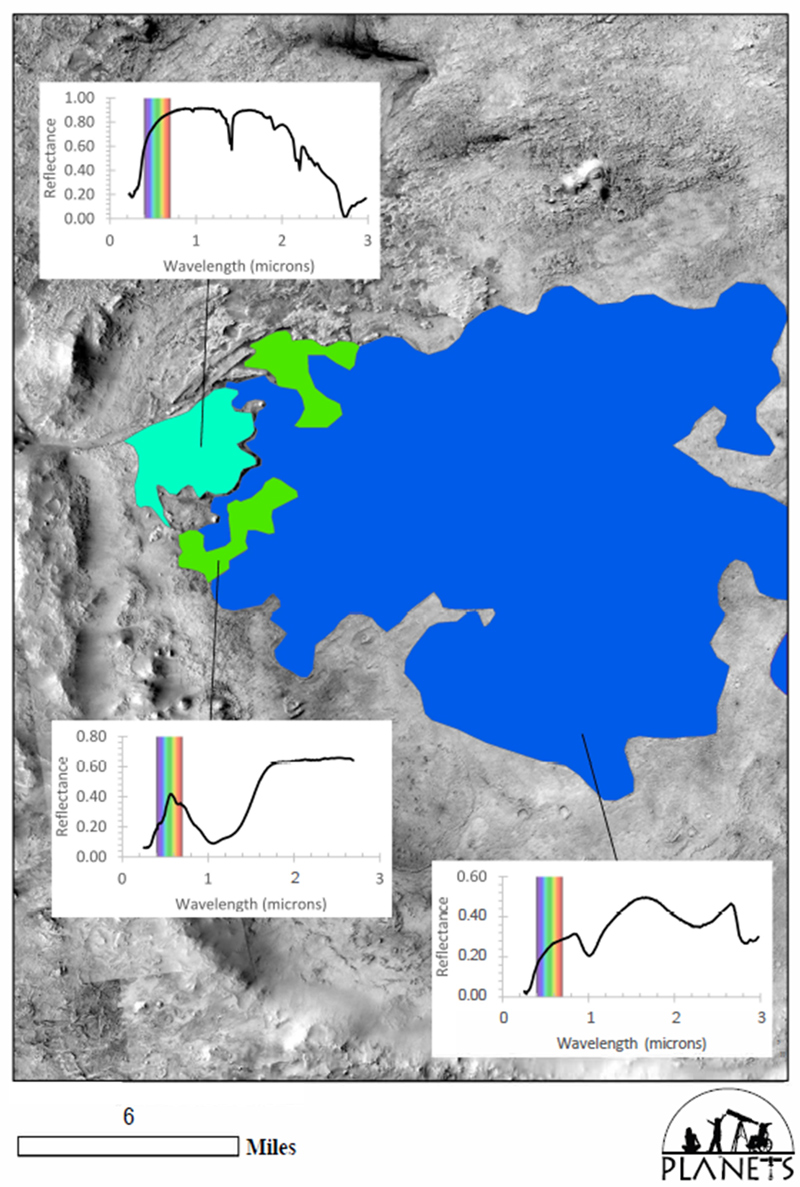
Mineral Fingerprints Data Sheet
Tips
- Create tactile versions of spectra by adding puff paint or Wikki Sticks to the lines.
- Audio links to spectra are available online by scanning the QR codes or by clicking individual links.
Nontronite (Clay) (forms in water)
Link to Nontronite Spectrum audio
Kieserite (Sulfate) (forms in water)
Link to Kieserite Spectrum audio
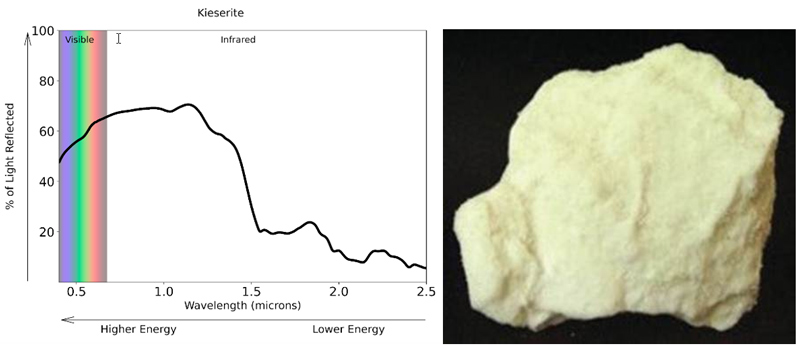
Olivine (Volcanic)
Link to Olivine Spectrum audio
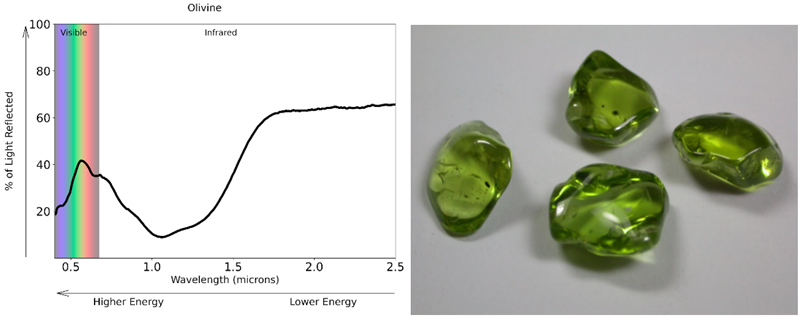
Pyroxene (Volcanic)
Link to Pyroxene Spectrum audio
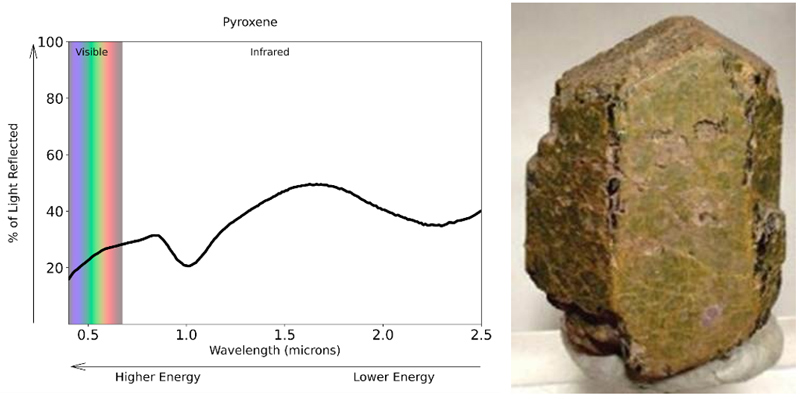
Kaolinite (Clay) (forms in water)
Link to Kaolinite Spectrum audio
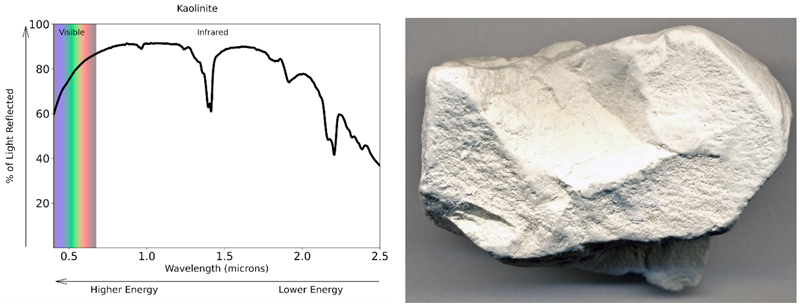
Level up! Engineer a way to get sunlight to a dark place!



What your design needs to do:
- Reflect sunlight to a dark place in your home (like under a heavy piece of furniture)
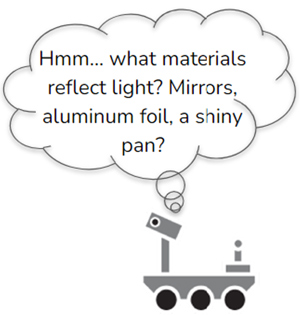 Engineer it:
Engineer it:
- Draw your plan on the back of this page or whatever works best for you
- Find materials around your house & set it up
Test it:
- Try it out. Can you see anything under there?
Improve:
- If it did work, can you add another reflection?
- If your setup didn’t work too well, that’s okay!
- Design failures teach engineers how to improve their designs and processes.
- Talk to your family about how to improve your process
